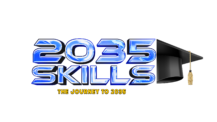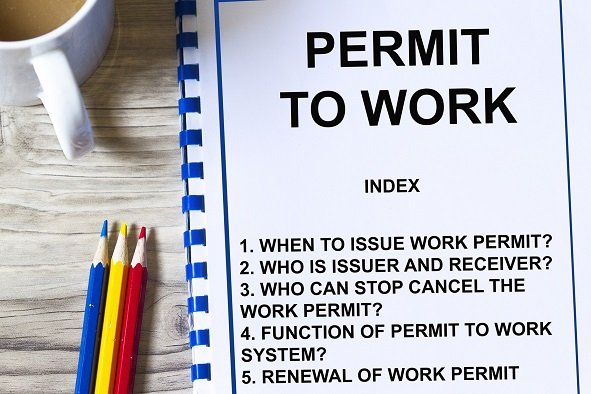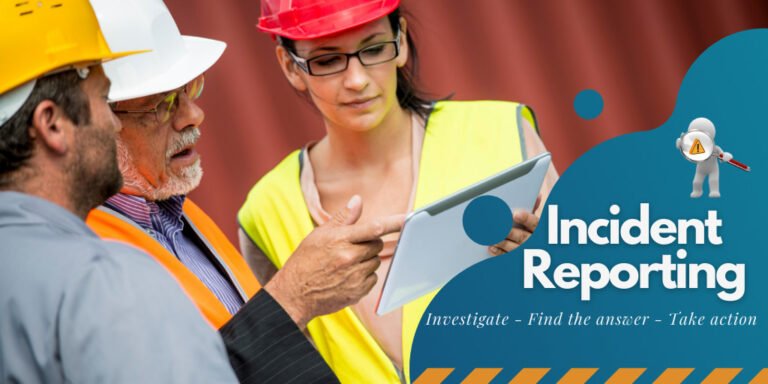Steel Erection Safety – 12 Modules | One Day USD: 150/- and Two Day USD: 250/- Per Pax.
Description
Module 1: Introduction to Steel Erection Safety
- Importance of safety in steel erection operations
- Common hazards and accident statistics
- Regulatory requirements (OSHA, ANSI, local construction codes)
Module 2: Roles and Responsibilities
- Duties of employers, supervisors, ironworkers, and crane operators
- Competent persons for supervision and inspection
- Reporting hazards and unsafe practices
Module 3: Types of Steel Structures and Components
- Beams, columns, trusses, and girders
- Prefabricated vs. on-site fabricated components
- Understanding connections, loads, and stability
Module 4: Hazard Identification
- Falls from height, struck-by incidents, and collapse risks
- Overloading, swinging loads, and pinching hazards
- Electrical hazards near power lines
Module 5: Planning and Risk Assessment
- Job hazard analysis for steel erection tasks
- Load calculations and crane operation planning
- Weather and environmental considerations
Module 6: Rigging and Lifting Operations
- Proper selection and inspection of rigging equipment
- Sling types, shackles, hooks, and load attachment
- Safe lifting, signaling, and load movement
Module 7: Fall Protection Measures
- Guardrails, safety nets, and personal fall arrest systems (PFAS)
- Anchor points, harnesses, and lanyards
- Safe working procedures at elevated positions
Module 8: Scaffold and Temporary Support Safety
- Using scaffolds, ladders, and temporary platforms
- Shoring, bracing, and stabilizing steel components
- Preventing tipping or collapse
Module 9: Personal Protective Equipment (PPE)
- Helmets, gloves, safety boots, eye protection
- High-visibility clothing and specialized PPE for steel operations
- Maintenance, inspection, and correct usage
Module 10: Environmental and Weather Considerations
- Wind, rain, snow, and extreme temperatures affecting steel erection
- Adjusting procedures and suspending work if required
- Monitoring conditions and site safety coordination
Module 11: Emergency Procedures
- Rescue plans for falls, struck-by incidents, or rigging failures
- First aid and coordination with onsite medical services
- Reporting incidents and near misses
Module 12: Continuous Improvement and Safety Culture
- Reviewing steel erection incidents and lessons learned
- Updating procedures, training, and hazard controls
- Promoting a proactive safety culture among ironworkers
View more Courses
Hi, Welcome back!




